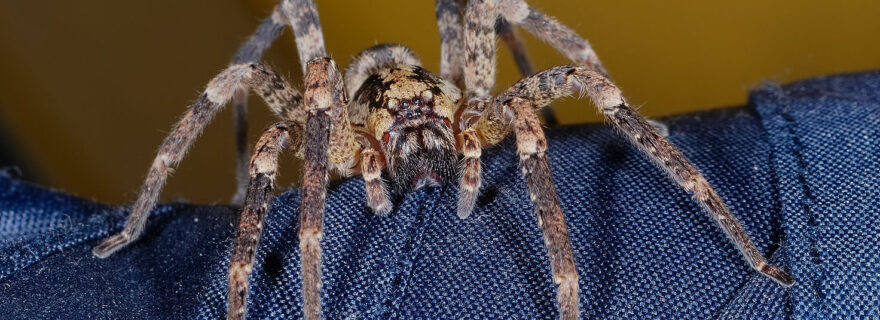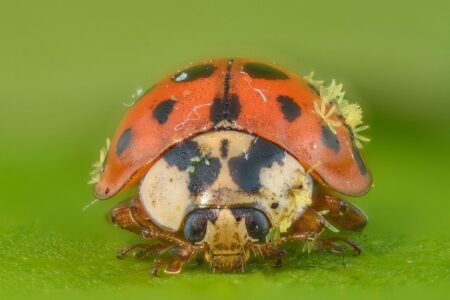The not so vicious false wolf spider
The poisonous false wolf spider is increasingly seen in the Netherlands. Not everyone likes that idea. Do we have reason to fear this itsy bitsy creature?
The last few weeks, a ripple of horror ran through our little country: the false wolf spider is making its way into the Netherlands. It has been spotted in 11 of the 12 provinces: only Flevoland is still safe for the arachnophobes among us. In other provinces, it's been found crawling between bed sheets and laundry. Naturally, everyone who found out about it started checking theirs too. I even came across a TikTok warning me to check my sheets. Luckily I just changed them, so I had nothing to worry about… for now. Others didn't feel so safe, but why? It's just a spider right?
Hunters
Zoropsis spinimana, as it's called by its scientific buddies, is actually not only scary for arachnophobes. It's a venomous species, capable of biting humans and causing symptoms similar to a bee- or wasp sting. Its poison is usually used for paralyzing prey. The false wolf spider doesn't build a web to catch insects and possibly other spiders, but catches its prey with its two front legs to paralyze them. This differs from the way some other species catch their prey; they tend to use all of their legs to keep their prey in a tight grip. Special erectable spikes along their legs help with this process, hence why the false wolf spider mostly has these on its two front legs.
The poison isn't really dangerous for humans – unless you're allergic – but it can still hurt when you get bitten in your hand. Luckily, the spider only bites when it feels threatened, for example when you try to catch it. As long as you catch it with a glass instead of your hands, you should be fine. After that you can put it a long way outside. The spider mostly lives underneath tree bark, and probably entered your house in search for a warm place to spend the night.
Old news
The false wolf spider is not entirely new. It was first seen in the Netherlands in 2007, when Radboud Kloos spotted it in a shed in Utrecht. This observation was then sent to Naturalis. These past years the list of observations has increased rapidly. In 2016, seven individuals were spotted together, close to another finding place. It seemed likely that they procreate just fine in our country.
False name
The name "false wolf spider" could be deceiving in Dutch, which could explain some of the panic. The translation of "false", "vals", could also mean "vicious". But it was named after the fact that it looked like a wolf spider, and not because it was vicious. The most worrying thing about this news is the fact that it became warm enough for these spiders to procreate, and other tropical insects that might be joining its journey to our country. Not the not so vicious false wolf spider.






0 Comments
Add a comment